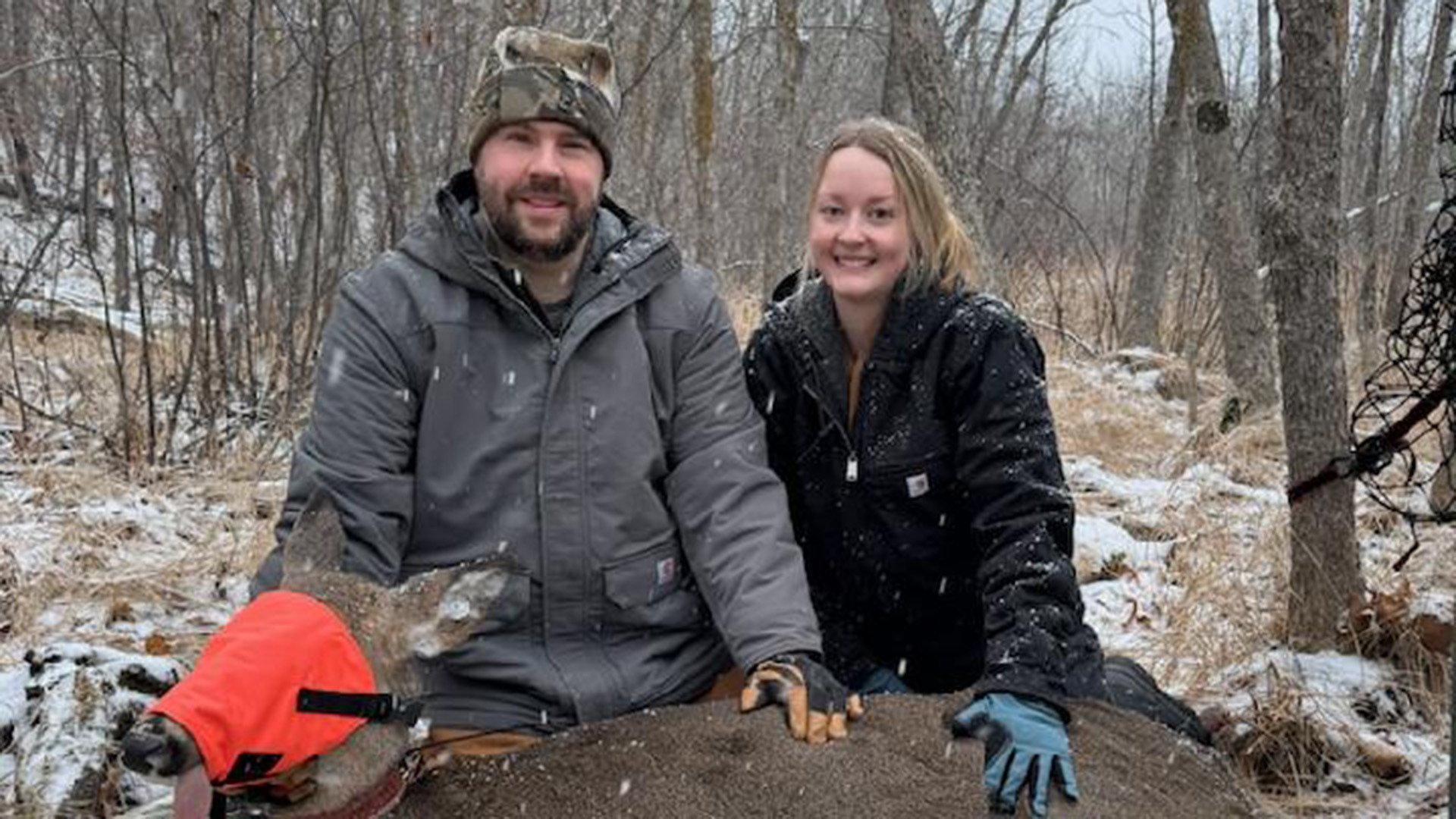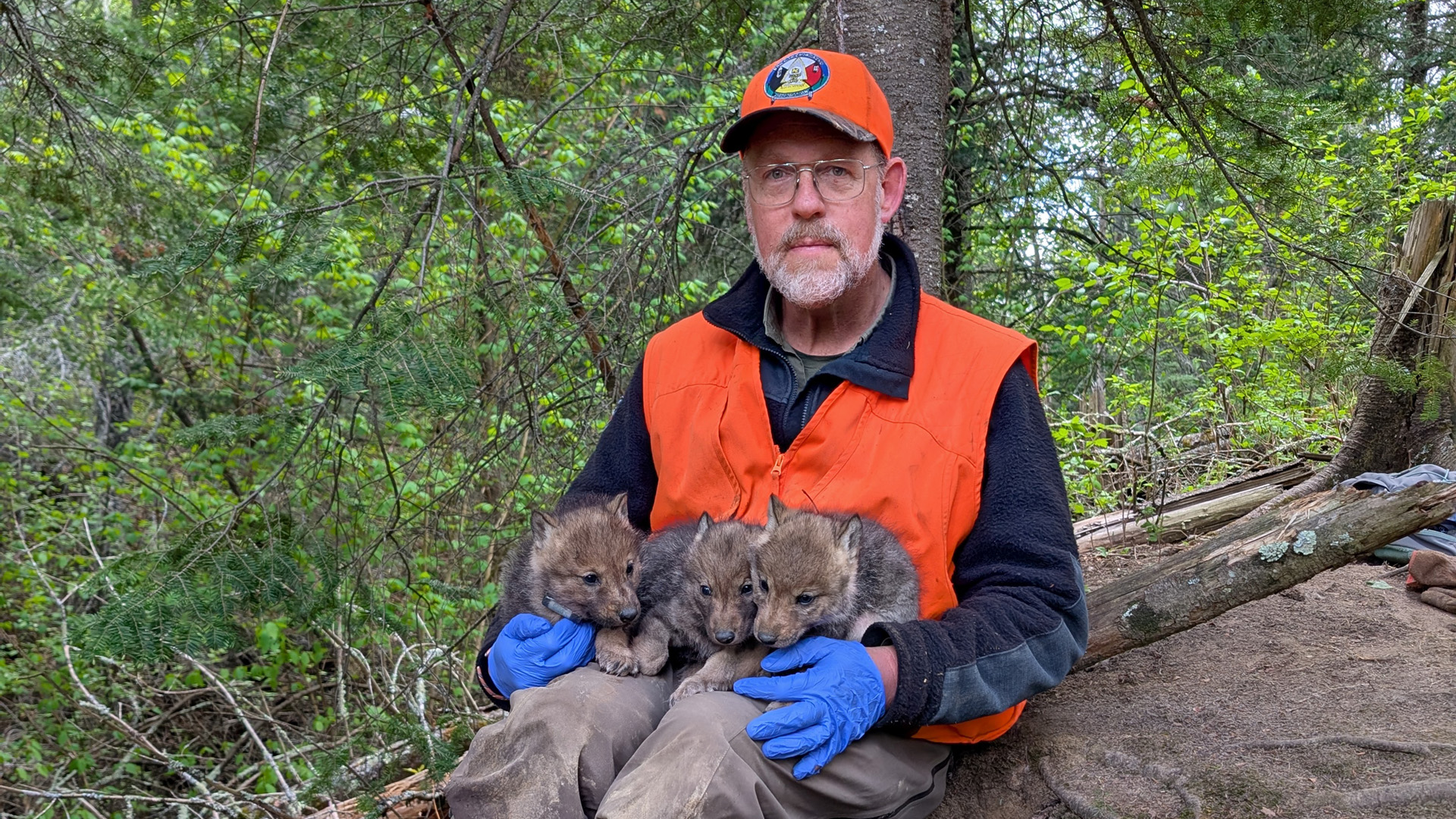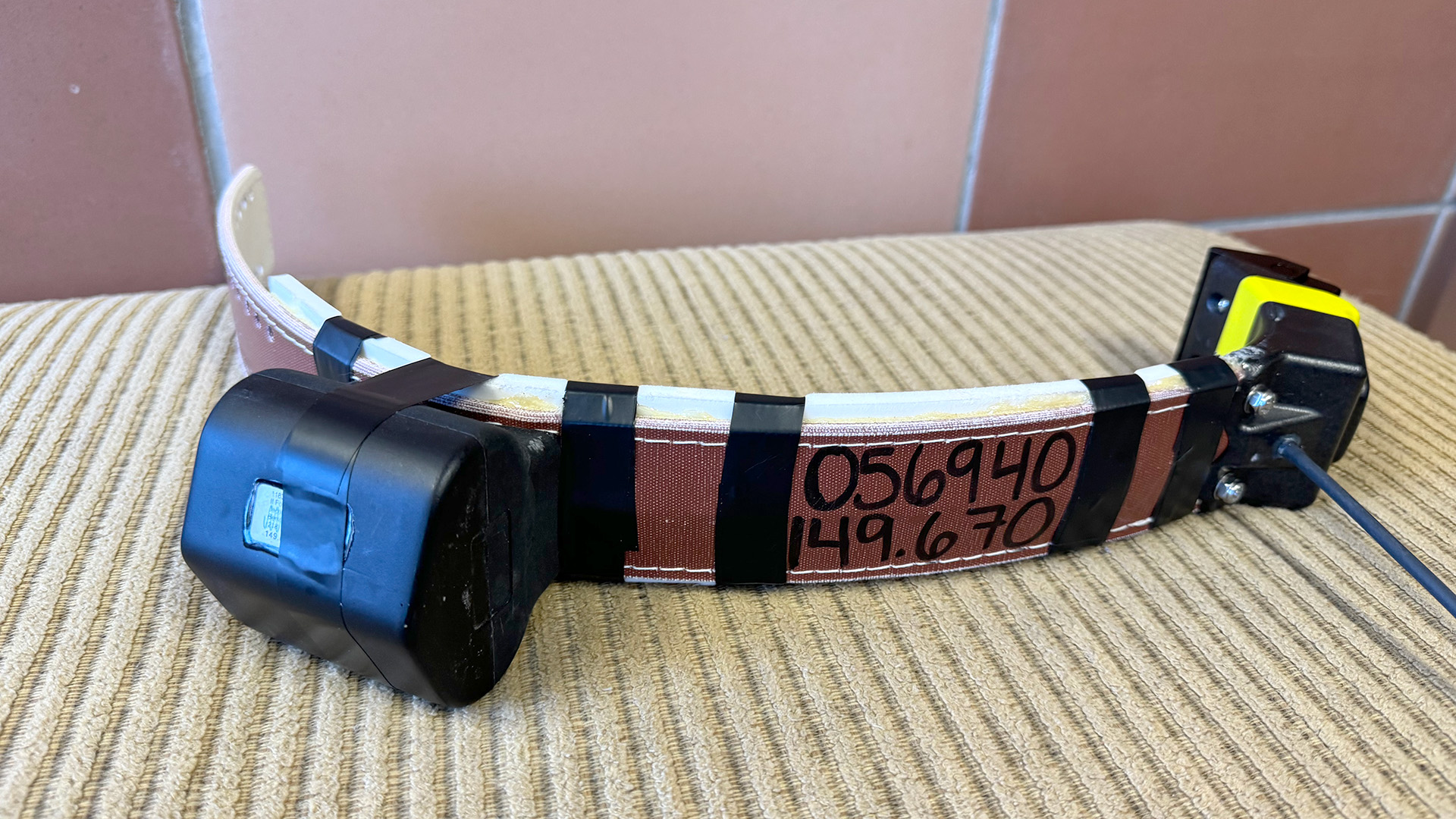Lessons learned on the streets of Bemidji could soon help the Fond du Lac Band of Lake Superior Chippewa reintroduce elk to northeast Minnesota.
Over the past two years, graduate students led by Dr. Jacob Haus, associate professor of biology, have monitored deer within Bemidji’s city limits to inform local wildlife management efforts. During the project, BSU has collared and tracked more than 70 animals.

Starting this fall, Haus and a team of graduate student researchers will take this work on the road and survey the Fond du Lac Reservation’s deer population in a $1.4 million collaboration funded by Minnesota’s Environment and Natural Resource Trust Fund.
“Elk are native to that area, but they were extirpated about a hundred years ago,” Haus said. “So for more than 10 years, Fond du Lac has been looking at feasibility studies and talking with other states that have successfully reintroduced elk and working through all the logistics that would go into it.”
Haus said the survey will establish baseline conditions for the area’s existing deer population, which will help Fond du Lac officials identify and manage variables after elk are reintroduced.
The band’s Resource Management Division, BSU’s partner for the deer survey, oversees management, conservation and sustainability projects to protect the environment on the reservation and its surrounding treaty areas.
Mike Schrage, a wildlife biologist with the division, is Haus’s partner for the study. He said the survey may also help the band answer other existing questions about the region’s deer population.

“Our local deer herd has never received any close study,” Schrage said. “We have modeling data based on other studies from around Minnesota, but no real data on deer mortality, habitat use, survival rates or movement. Our primary objective with this study is to better figure out how our deer herd works and what factors are most important to it.”
Haus said the project, which optimistically aims to place GPS collars on about 100 deer during the first year, will give students an entirely different experience from the Bemidji survey.

“It’s a completely different world out there,” Haus said. “In general, the Fond du Lac Reservation is big, contiguous timber — not great deer habitat. If you rewind the clock 150 years, there would have primarily been elk and moose and caribou there and not a lot of white-tailed deer. Deer are adaptable and they’ll take advantage of whatever is in front of them.”
Haus said that he expects BSU students will find a sparser and, perhaps, less resilient deer population than what has been measured in Bemidji.
“The deer here in the Bemidji study are very adaptable,” he said. “They have very high mortality rates, but the population is able to recover from that pretty quickly. That’s a big part of the reason Fond du Lac has asked for this survey, to find out what’s limiting their population. Is it hunting? Disease? Low fawn survival rates? They know the number is going down, but they don’t really understand why.”
Schrage said that getting a handle on those questions may be vital to the larger elk restoration project.
“While we don’t expect to find negative interactions between elk and white-tailed deer, the relationship has never been closely studied,” he said. “The impacts may be subtle and change over time. Starting this survey now will hopefully give us a good baseline for how the deer herd works before elk are added in. Then, over time, we can try to find out how things are — or aren’t — changing for the deer.”
Haus said the survey, which is intended as the opening round of a potential multi-year study, builds on advantages from BSU’s unique location and creates opportunities for student researchers that are uncommon at schools of BSU’s size.
“The idea of trying to transplant elk back into that environment, that will resonate with people,” he said. “It’s great for BSU to offer this kind of big, impactful, high-level research — the kind of project you see at big research-one universities — and it will be a great experience for our students. It’s a very cool project.”
Schrage said his role will be to ensure the study provides the Fond du Lac Band with the data it needs to better manage its deer herd, and build a solid foundation for the elk relocation project.
“Our best hope is to start moving elk to… the Fond du Lac Reservation in early 2027,” he said. “A lot of folks here are pretty excited to see this get started.”
About Dr. Jacob Haus
Dr. Jacob Haus, associate professor of biology at Bemidji State University, is a certified wildlife biologist specializing in the ecology of large mammals, particularly white-tailed deer. His research and instruction focus on applied big game management, and he also explores emerging GPS telemetry technology and analytical methods to study animal movement. He been with the BSU biology faculty since 2019 and currently serves as past president of the Minnesota Chapter of The Wildlife Society.
Learn More
- In 1988, Minnesota voters amended the state’s constitution to use funds generated from the Minnesota State Lottery to establish the Environment and Natural Resource Trust Fund. Since 1991, the fund has provided about $1.1 billion to more than 1,700 projects meant to protect, conserve, preserve and enhance Minnesota’s natural resources.
- The Fond du Lac Band of Lake Superior Chippewa is home to more than 4,000 members. It was established under the Treaty of 1854. Treaty with the Chippewa – September 30, 1854
- The Fond du Lac Band’s website includes additional information on its elk restoration project.
Contact
Dr. Jacob Haus, assistant professor of biology, Bemidji State University
Mike Schrage, wildlife biologist, Resource Management Division, Fond du Lac Band of Lake Superior Chippewa
